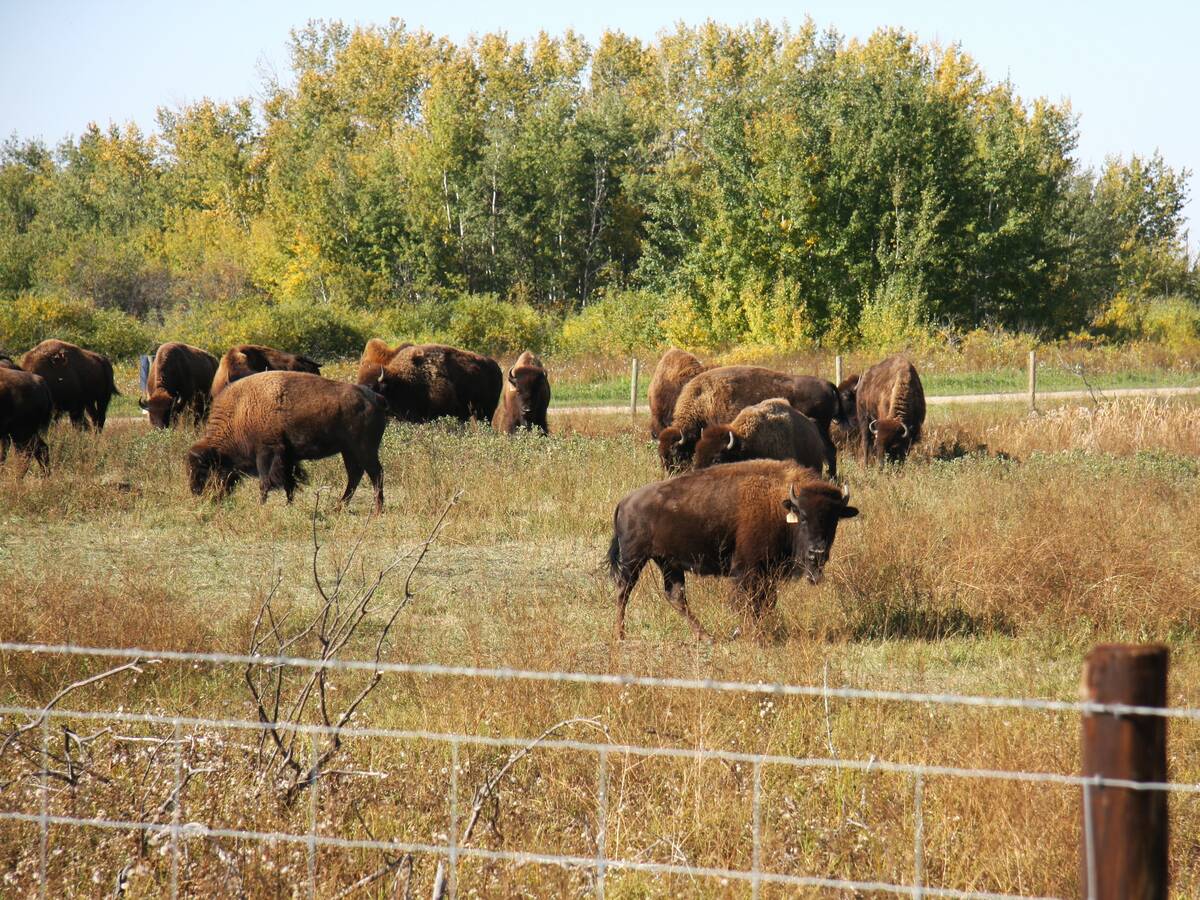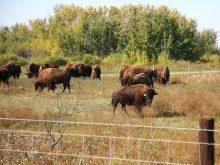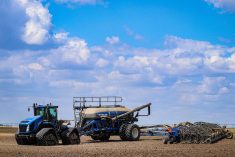SOUTHWEST
This area has been hardest hit with excess moisture. Rain throughout the week resulted in amounts ranging from 10 to 50 millimetres. Some producers are inquiring about planting greenfeed. Some are broadcast seeding, but the practice is not widespread.
Overall, seeding progress is almost three quarters completed. While some producers are almost completed, others are struggling to get seed in the ground and have planted only 10 percent.
Warm temperatures are creating rapidly emerging crops. Winter wheat and fall rye are at the tillering stage.
Read Also

National Day for Truth and Reconciliation: Acknowledging the past, seeking a better future
How can the treaty rights of Indigenous peoples be honoured in a way that gives them a proper seat at the table when it comes to farming in Canada?
Weed control is well underway. There’s a major concern with flea beetles in most areas. Cutworm damage is also being reported in some areas.
Most cattle are now in pasture and forage is quickly growing, but large areas are affected by excess moisture where pasture and hay land are too wet to access.
NORTHWEST
The seeding average is three-quarters completed, but continued precipitation has made an impact with amounts varying from 12 to more than 25 mm. Only 50 percent of the intended soybean crop has been seeded.
Temperatures dipped below zero in The Pas area in the early morning of June 7. Negligible frost damage was reported because of little crop emergence. Some hail and heavy rain damage was also reported in the Swan Valley areas.
Crops are generally emerging quickly and uniformly. Peas are leading the way with 90 percent emergence compared to less than 10 percent of soybeans.
Reports of insect activity remain low.
Forage fields are rapidly growing with alfalfa nearing the optimal harvest date, as is dairy quality.
CENTRAL
Seeding is nearing completion. Rainfall varied widely from five to more than 25 mm. Some hail and low temperatures were reported, but no reports of injury June 7-8.
All crops have seen rapid germination, emergence and growth. Many cereals have advanced to the five leaf stage and tillering. The majority of canola is in the cotyledon to two leaf stage. Soybeans have minimal issue due to crusting. Corn growth ranges from emerging to six leaves.
Most herbicide applications for winter wheat are completed. Fungicide applications will be a challenge to time properly.
Overall, producers report they are more than half completed with their herbicide applications. Foxtail is showing up in some areas. Pressure from flea beetles is starting to wane in areas. Several fields were reseeded because of heavy flea beetle and cutworm damage. Diamondback moth numbers remain low and grasshoppers are out.
EASTERN
Seeding is almost completed for most, but some areas are only half way due to excessive moisture. Cumulative rainfall varied from 12 to 24 mm. Some hail activity occurred but there were no reports of damage.
It’s anticipated that many producers will be finished the first herbicide pass on all of their emerged acres.
Some winter wheat stands were terminated because of damage caused by wireworms, excess moisture and winterkill.
Damage from flea beetles is being reported in many fields. Some fields have now been sprayed twice while others have been reseeded. Grain corn in some fields have been sprayed for cutworm damage.
Haying has begun in some areas. Harvesting will soon be underway because many new alfalfa fields are 56 centimetres tall and nearing a relative feed value of 150.
INTERLAKE
This area leads the province with seeding almost completed or completed. Two to 15 mm of precipitation were welcomed for later seeded crops.
Spraying of spring cereals and oilseeds is generally underway. Canola stands are experiencing damage caused by flea beetles, warranting insecticide applications in some fields. Cutworms damage is also reported. Forage seed acres were also sprayed for weed control.
Leaf cutter bee incubation has started as alfalfa approaches the pre-bud stage.

















